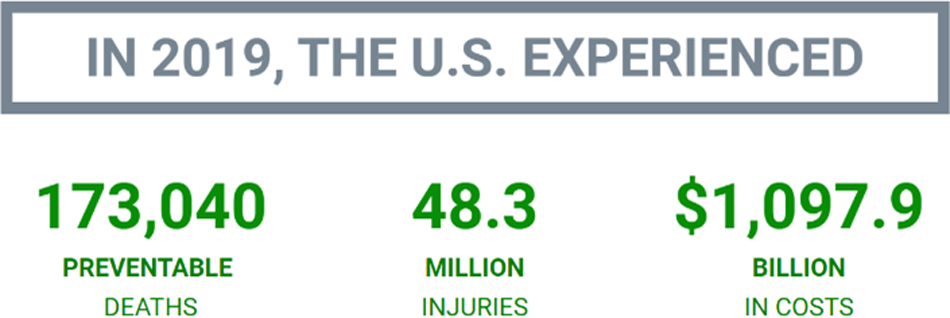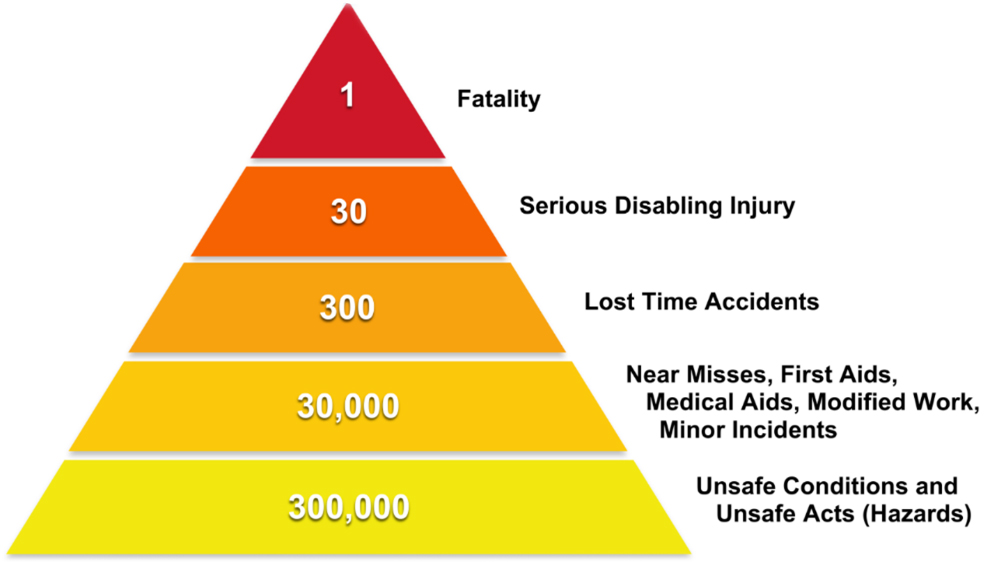ccording to the National Safety Council, 540 workers are injured per hour, 12,900 per day, 90,400 per week. This equates to 7 million work-related injuries per year (https://injuryfacts.nsc.org/).


Their existence is not to get in the way.
- Slips, trips and falls
- Forklift safety and hazard awareness
- Job Safety Acknowledgments (JSAs)
- Shipping hazardous materials and proper labeling
- Accident reporting and root cause analysis
- Personal protective equipment (PPE)
- Lockout/Tagout reviews
Their not-so-obvious work involves:
- Acting as partners and liaisons
- Providing coaching and recommend best practices
- Providing a fresh set of eyes to avoid the typical day-in, day-out safety fatigue
- Engaging other departments by bridging them together for open and honest feedback
- Providing resources at times overlooked
- Assisting in implementing new processes and procedures
- Acting as a pivotal resource during and after merger and acquisitions, branch relocations or new equipment installations
They are not seeking to add to your workload with busy work.
This is when a secondary view becomes optimal. Having an inside team of experts onboard can make the difference between a simple tweak to a process or adding a safety guard to a piece of equipment to eliminate a risk. In addition, safety teams can potentially detect areas that may improve some inefficiencies. From the leadership teams to the individual employee, awareness is essential.
“The U.S. Department of Labor’s Occupational Safety and Health Administration (OSHA) has commemorated its 50th anniversary of the Occupational Safety and Health Act of 1970. In roughly half a century, OSHA with assistance from, state partners, employers and safety and health professionals have had a dramatic effect on the workplace safety.” (www.osha.gov)
On average, worker deaths in America are down from 38 per day in 1970 to 15 per day in 2019. The latest statistics indicate that more than 618,000 workers can say their lives have been saved since the passage of the OSH Act.
A poor health and safety culture can be disastrous for an organization, its customers, suppliers and employees. Investing time and money to get it right is essential. The consequences of a poorly managed safety culture can extend to increased risk of health, injury and death, a decrease in productivity and increased turnover and not least important the legal repercussions with hefty fines and even possible jail sentences for all involved — from the manager to the business owner.
In short, not being informed or doing nothing about a potential risk at the workplace will not constitute a “get out of jail” free card for anyone, particularly upper management.
There is still plenty for us to do. Partnerships between the employers, workers and safety teams are the key to reaching safety milestones. Therefore, the next time you have a safety team in your organization reviewing certain conditions and asking pertinent questions, keep in mind their “real” job function and goals. Be transparent and help them help you develop a well-rounded safety culture that will ultimately benefit the organization and save lives.
Their goal is not to make anyone uncomfortable.
Talk to your safety teams. They are listening.